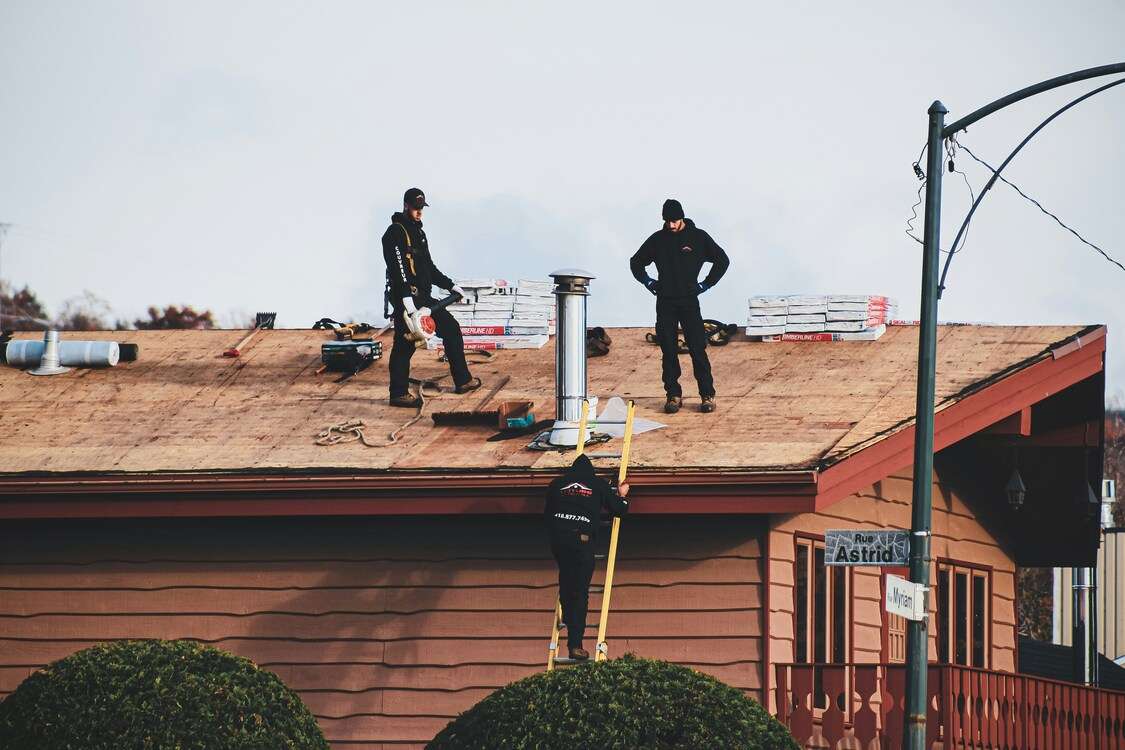We all age, but this fact is almost inevitable thanks to advances in medical technology. According to data, our current population will live longer than previous generations. What does that mean for aged care? It means that we will have a higher aging population moving forward, putting pressure on the current care systems and facilities we have in place, whether our hospitals need to accommodate higher capacity or an increase in aged care facilities.
So we can address the increase of capacity as we anticipate higher aging demographics, but what about the client experience themselves? Is there anything we can do to improve the quality of life for the final years of our aging population?
We know that nursing homes aren’t the most vibrant or exciting places. There is no reason we shouldn’t do our best to improve the final years of our elderly population. When you approach the last years of life, it should be a celebration of your life rather than a subtle deterioration in a grey and lifeless setting. What are the considerations we have in modern aged care?
Feeling at Home and Self-Identity
One of the essential factors in building a successful aged care facility is re-creating being at home, so residents don’t feel like they’re stuck in an institution. The goal here is to design the facility to create as much independence as possible while still catering to the needs of residents. It is often a balancing act to maintain both of these considerations, but builders can achieve this with careful planning using aged care construction consultants.
The key here is to design the rooms to allow the residents to navigate independently despite what disabilities they might have. We want to make residents feel as if they are at home or feel as if they are more comfortable than if they were at home. You can achieve this by designing a user-friendly bathroom that may include railing, smooth edges, and open-plan space, allowing for storage and encouraging the display of personal belongings.
Designers can also implement technology in the rooms to maximize independence and safety, such as motion-activated lights for night cueing. You can also use strong color contrasts on floors, walls, counters, and bathroom fixtures to assist the visually impaired. Ultimately residents want to maintain any independence they can, and if we can utilize technology to make this happen, it will provide convenience for both aged residents and carers.
Social Interaction
If you want to improve the quality of life for residents, you cannot discount the importance of social interaction and community. What can help with this is designing spaces that enable people to connect to community life.
These can include spaces that promote social interaction, such as gardens, places for sitting or resting, or paths surrounding the facility. You also want to create homes where residents can move around freely and consider all kinds of abilities/vehicles such as buggies, walkers, and other aids. Clustering the rooms into smaller groups can also increase incidental interaction via proximity. You can also provide access to large-scale kitchens so guests may cook, partake in an engaging activity and be social at the same time.
A facility designed to be inviting for visitors will allow family and friends of different ages to interact with the residents without difficulty. You could also make the facility more lively by incorporating set activities at certain times. Group activities are great ways to keep the mind occupied and form stronger bonds between people. It would be advantageous to create spaces that can facilitate these events.
Healthy and Enjoyable Eating
Food is an integral part of life and is often not only required for sustenance but social interaction, bonding, cultural considerations, and even celebration. One of the critical elements in making a living space comfortable and home-like is the emphasis on good enjoyable cooking, something that most elderly individuals are accustomed to from their lives before moving to aged care facilities.
It would be beneficial to ignore most conventions in typical facilities if you want to emphasize these principles of the community concerning enjoyable eating. It would be great to plan flexibility in dining times and allow residents to eat in designated outdoor areas or gardens. You also want to ensure that the prepared food is of good quality and of a high standard as nobody likes hospital-quality cuisine. You could also create a herb or vegetable garden within the nursing home to facilitate home cooking.
End of Life
We also need to be privy to the fact that residents are in the period of encountering their mortality, and designers should provide suitable spaces for spiritual contemplation. They should include spaces adaptable to the needs of different religions and cultures and provide the flexibility for friends and family to join. We also want to ensure that as the person approaches death and their mobility lessens, we can facilitate their movement or any other actions. The rooms should also get designed so any essential medical equipment can be easily accessible and the resident doesn’t have to move around unnecessarily.
Conclusion
Important considerations and sensitivity need to take place when designing aged care facilities. The current impression of aged care is very dull and almost miserable. We don’t want the final years of our lives spent in silent desperation; we want them to be cherished and enjoyed. Providing residents with an enjoyable end-of-life experience is the most excellent gift we can give to previous generations, and this begins with the design of the facility.
















